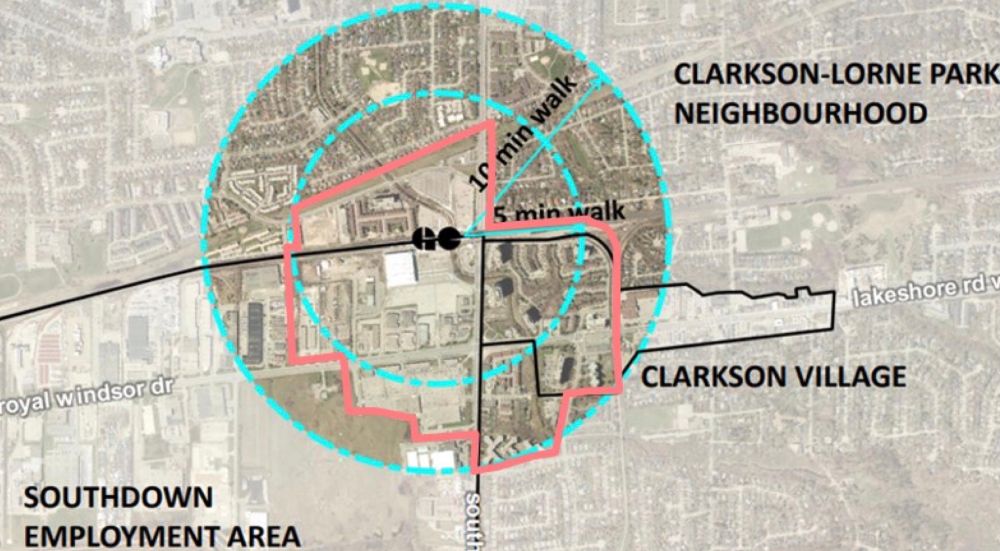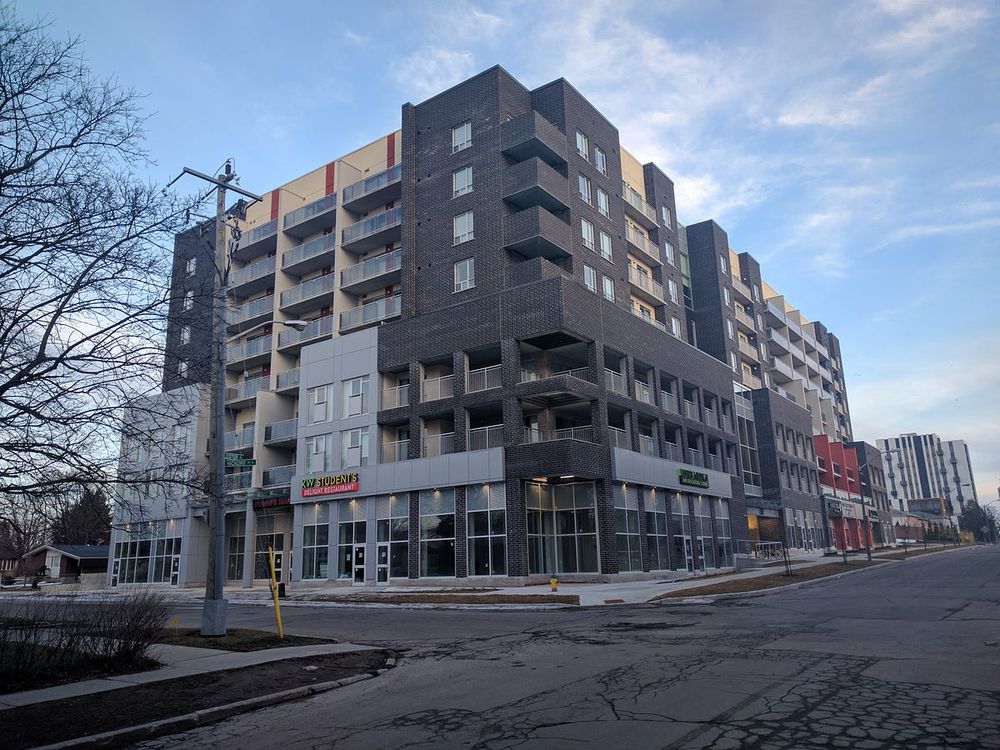Wait, what?
@johnnyphenomic.bsky.social
490 followers
690 following
950 posts
city planner, midnight dancer
Posts
Media
Videos
Starter Packs
Reposted by Wait, what?
Reposted by Wait, what?
Reposted by Wait, what?





